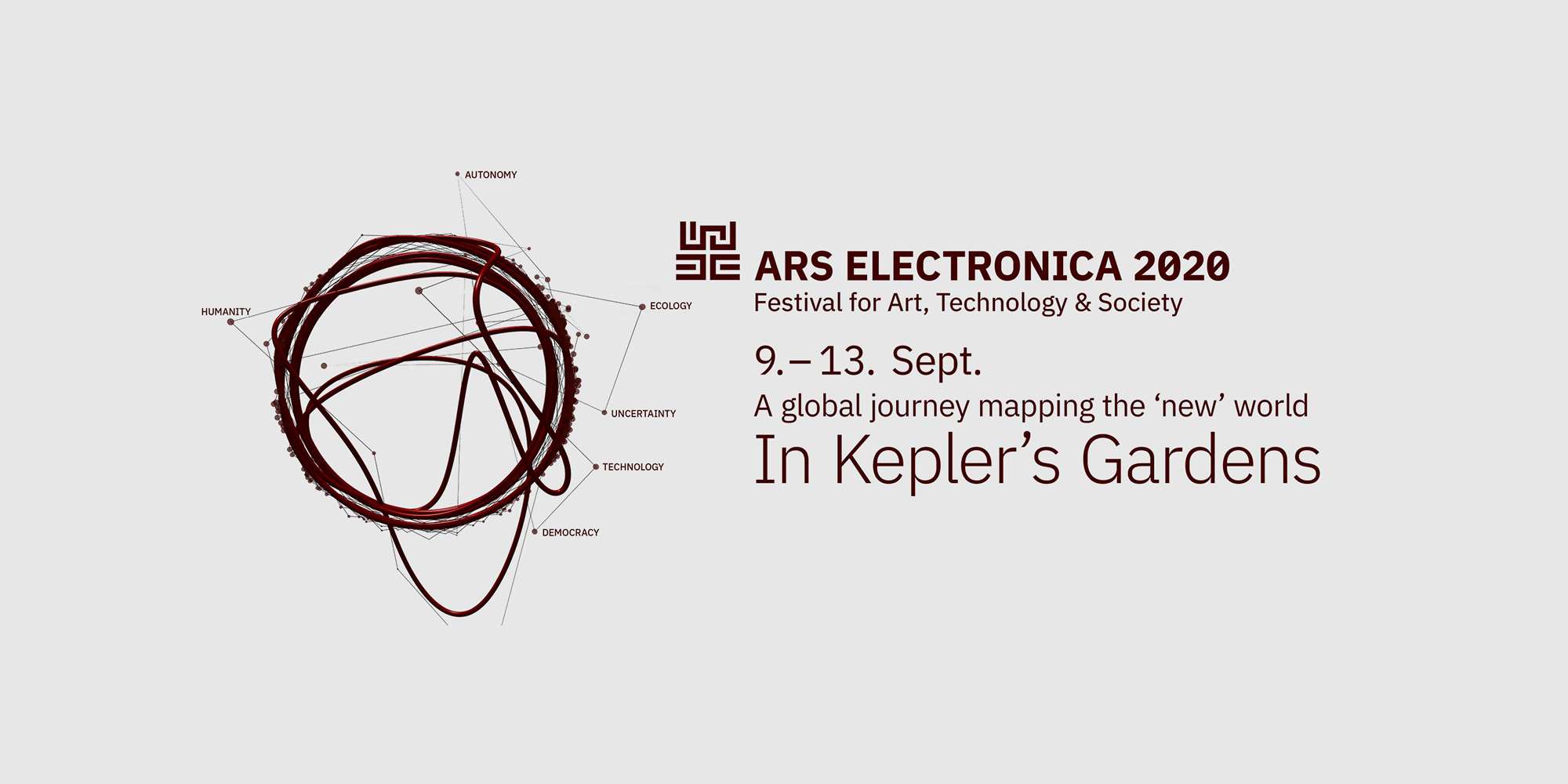Ecology
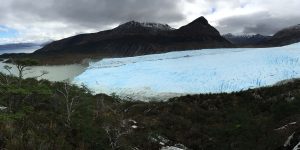
Live Guided Tour to the Omora Park in Puerto Williams
Claudia Müller, Matías Labbé
The Omora program contains researchers and environmental philosophers who have developed the Sub- Antarctic Biocultural Conservation Program, a methodology work divided into three areas.

On Art & Science Translations: From Natural Phenomena to Data Visualization
rancisco Aguirre, Ángeles Estévez, Inti Gonzalez, Matías Labbé, Claudia Müller, Jazmín Adler
In this round table, the authors of HEXA project discuss with glaciologists some ideas, challenges and methods involved in the translation of scientific data regarding Schiaparelli Glacier into visual and sound representations. The conversation focuses on how HEXA explores mathematical behaviours in nature from the convergence between artistic imaginaries and scientific research.

WATER (Hexa)
Claudia Müller & Matías Labbé (CL)
This axis exhibits a project developed by artists Claudia Müller and Matías Labbé, with glaciologist Francisco Aguirre and biologist Héctor Ortiz. Through images and sound, Hexa materializes a selection of data related to the retreat of the Schiaparelli Glacier, located in the Magallanes Region, such as fluctuations in energy, changes in water level, and speed of the ice flow.

Turbulent Flow: Chaos Theory and Camanchaca´s Behavior in Atacama Desert
Mauricio Lacrampette, Alejandro Jofré, Jazmín Adler
Nebula project, the chaotic inner geometry of camanchaca´s water droplets in motion unfolds a thorough investigation on mathematical notions, which may explain natural behaviours such as the dynamic of this very particular coastal fog.
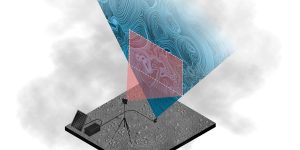
Site specific performance in Alto Patache
Mauricio Lacrampette (CL), Sebastian Arriagada (CL)
We are taking advantage of the coincidence of the festival’s date with one of the best times of the year for observing camanchaca in abundance, to show the KMNCHK ScanLab functioning on-site and the multiple artefacts spread upon this particular landscape, used to monitor and harvest the cloud, such as weather stations, fog catchers and scientific settlements.

EARTH (Nebula)
Mauricio Lacrampette (CL), Sebastián Arriagada (CL)
This axis is represented by KMNCHK ScanLab, a landscape laboratory directed by Mauricio Lacrampette dedicated to exploring the camanchaca: a characteristic coastal fog of the northern dry region of Chile. The project presents fog-scans where the motile traces of water droplets become manifest, visualizing air turbulence and unveiling the dynamic, chaotic and ever-changing inner geometry of the cloud.

Life in Space: Philosophical Perspectives for the Future of (Para)Humanity
Roberto Campos, Gonzalo Díaz Letelier, Luis Guzmán, Jazmín Adler
This round table discussion highlights philosophical concepts and theories referred to life in space, simbiopolitics, ontological migration, and the envision of the new world to come.
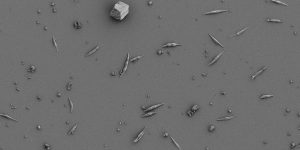
Space Exploration at the Crossroads of Art and Astronomy
Marcos Díaz, Luis Guzmán, Nicole L`Huillier, Jazmín Adler
Space exploration, life in the Universe and the encounter with the unknown raise thought-provoking questions for both artistic and scientific fields. Throughout this conversation, artists Luis Guzmán and Nicole L´Huillier talk with scientist Marcos Díaz about the significance of fiction, speculation, hypothesis and error in their own work.
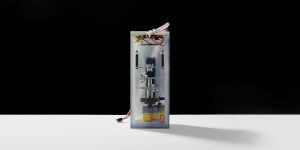
SPACE (Cosmoecology)
Luis Guzmán (CL)
This axis presents an art and science project by Luis Guzmán which consists of taking Phaeodactylum tricornutum diatoms (microalgae) to the International Space Station and subjecting them to Martian microgravity and zero gravity. The project has been part of Sojourner 2020 (MIT), the first ultraterrestrial museum of post- human art. In PRISMA´s garden, the artist presents the outcomes of his research after the Sojourner experience.
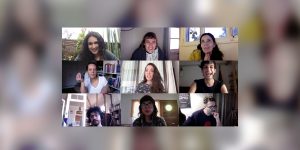
A Fungus Garden Manifesto (2020)
Museo del Hongo community
How would a fungus-only garden look like? A fungus garden Manifesto calls upon the local community of mycophiles that have collaborated within Museo del Hongo throughout its history. Converging perspectives from a variety of disciplines and research, in this round table we bring together ideas on how can we shape a sustainable, mycocentric future.
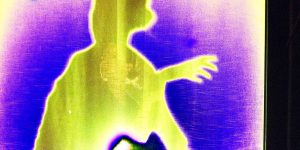
Rotten Body (2020)
Alexandra Mabes (CL), Nicolás Oyarce (CL), Ana Rosa Ibáñez (CL)
Dance installation inspired by the decomposing course of action which fungi encourages. The shape of the body is deformed through the materials to portray the transformation and reconfiguration of matter in the decay.

Mapu Kufüll
Sebastián Calfuqueo (CL)
Digital video installation that reflects on the cosmological perspective of the Mapuche people in relation to mushroom harvesting. The artist will showcase his recent investigation at Museo del Hongo through an animated ‘Tale’, portraying mushrooms as a symbol for resistance for their communities post the “Araucania Pacification” period.
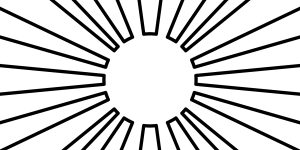
Sun Sun (2020)
Konantü (Courtney Smith & Iván Navarro)
In these dark pandemic times, Sun Sun invites us to invoke the sun and its light through an interactive poetry game that defies syntax logics, imagining new ones under a limited series of 8 words and their mutual combinations. The exhibition includes a set of 64 cards to print and play at home, a selection of songs that are related to the sun and videos to demonstrate and exemplify how the game goes.

CALM #2 | Decomposition (2020)
José Bidegain (CL), Futuro Fósil (CL)
Performative installation that reconfigures the value of the parts that constitute us as a living ecosystem. From the micro-political action of the arts and the organic macro of the fungi kingdom, this transmedial live experience uses sound to create new perspectives for physical and spatial perception.

Artificial Seascapes. Two female AI artists respond to current uncertainty with powerful art.
CADAF (The Contemporary and Digital Art Fair) (US)
An one-hour live session with artists, Anne Spalter and Sofia Crespo, in discussion. We will dive into their artistic practices, their use of AI, and the relationship between data, GAN and human perception.
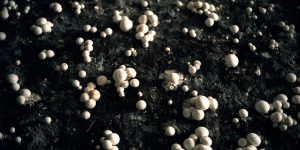
360º tour of Vigilantes (2018)
Iván Navarro (CL)
Immersive footage of Vigilantes, Museo del Hongo’s second exhibition at Museo de Arte Contemporáneo de Valdivia. Three species of mushrooms were grown from scratch and displayed in the museum’s underground vaults, with illumination from Navarro’s light sculptures, to create a biomimetic exhibition related to the cultivation of fungus gardens by ants and termites.
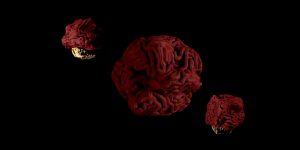
Local Fungi That Look Like Human Body Parts (2020)
Juan Ferrer (CL)
Digital installation composed of 3D models and a video that puts human body parts in conversation with a variety of mushrooms that grow in Chile. Our bodies are a fertile substrate for a complex microbiota that makes us who we are; this work aims to recreate a fungus garden within them, and to generate consciousness about the interconnection mycelium provides in nature.

Artificial Seascapes
CADAF (The Contemporary and Digital Art Fair) (US)
Artificial Seascapes reflects on the impact humans and technology have on the environment and explores new ways to visualize it. By incorporating artificial intelligence, algorithmic tools and data processing into their practice, Spalter and Crespo allow us to see mundane events from the perspective of a machine. By shifting the focal point, scenes that are familiar to the human eye - cruise ship images or sea creatures - begin to evolve, resulting in new compositions that have never been seen. The artists invite the viewers to submerge in these new worlds, where beauty and technology collide to expose questions of human perspective, consciousness and preservation.
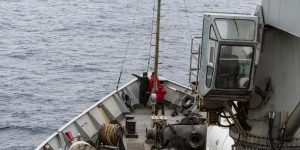
Scientific papers
Paper authors: It starts with an inverted map. Chronicle of an imaginary and literal navigation through the southern tip of America. By Paula López Wood "Roots and inorganic forces, tectonic-climate interaction: its meaning in the evolution of the landscape and the habitability of the territory " By Gerd Sielfeld Art, science and society from a critical museology. THE OPEN LANDSCAPE BEHIND THE BORDERS By Alessandra Burotto Tarky Remain or Return: The Ancestral Communities of Magallanes from Hornos Island By Alfredo Prieto

Digital Exhibition Sojourner 2020 – A conversation among all artists
Through the ages, artists, writers, and filmmakers have been inspired by space. Their visionary depictions of space as an environment for people have influenced the scientific and engineering feats we know so well today. How will artists continue to inspire the future of space exploration? What are the opportunities and challenges in the creation of art for our interplanetary futures?
